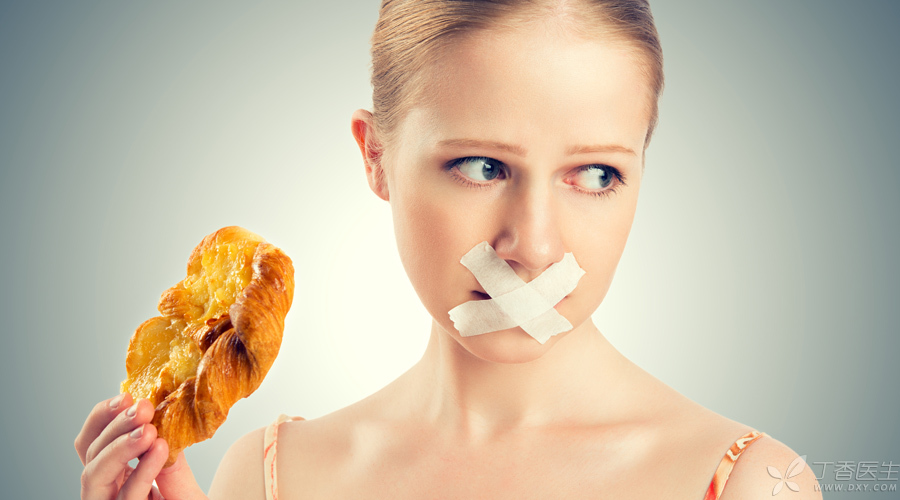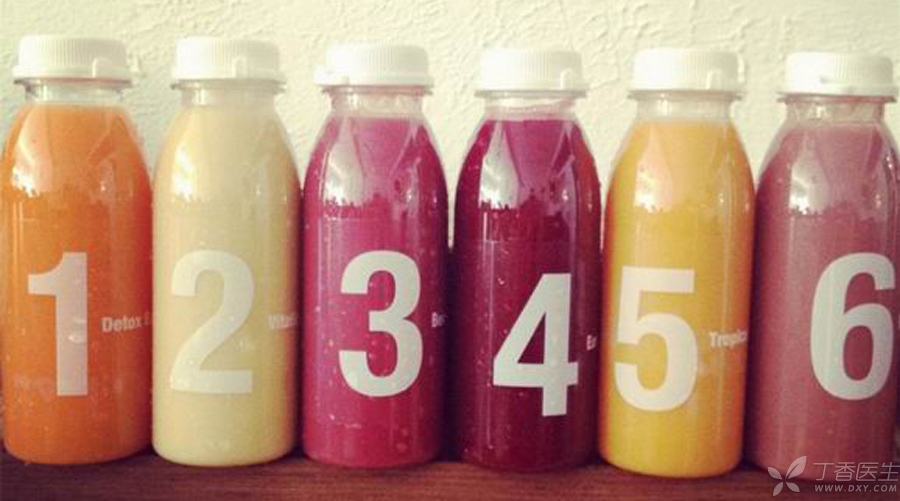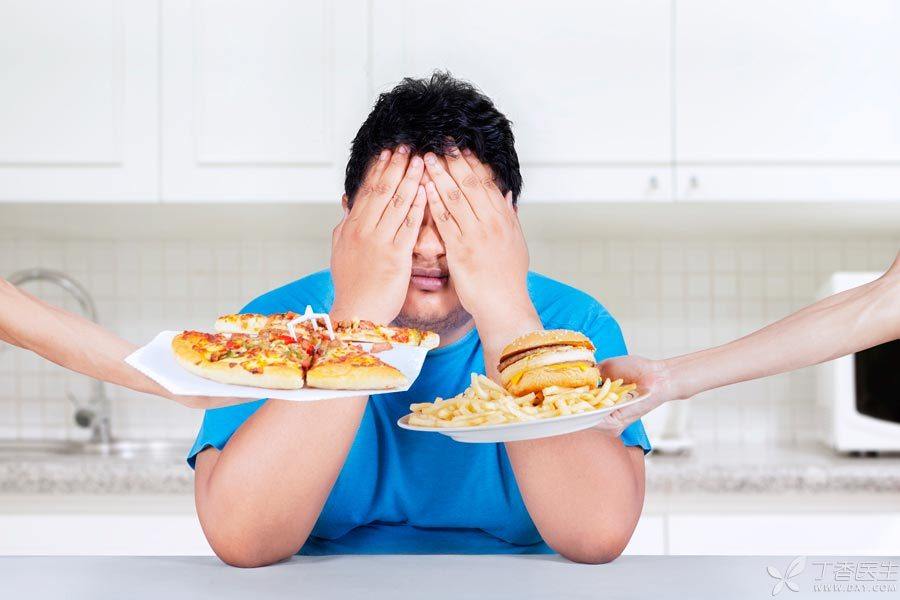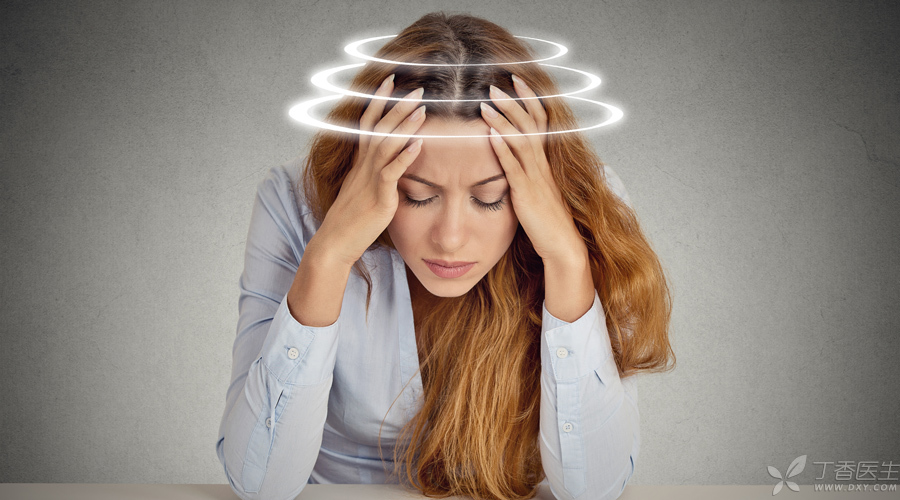
Weight loss has always been the hottest topic, especially after the festival carnival and gluttony, when one finds that one’s stomach has gained weight again, the desire to lose weight will burn again. [Shut up and keep your legs open], I understand everything, but I can’t do it.
In the face of all kinds of fancy weight loss diet plans, who can not be tempted?
The diet is one of the hot ones. Legend has it that this diet does not need to be hungry every day, but it can also prevent cancer and live a long life. However, it just looks beautiful.
Dr. Clove uses nutritionist’s expertise to tell everyone:
- You can lose weight by cutting off food lightly, but it depends on your willpower. The so-called benefits are just legends.
Lightly cut off food, what is it?
Light food cut-off means limiting food and calorie-containing beverages. The key point is [light]: you don’t have to be hungry every day, you can cut off food for a short period of time (usually about 16 hours), or you can cut off food every time without eating or drinking at all.
Take the most popular 5: 2 diet pattern in light diet as an example:
- Eat normally five days a week with a calorie intake of 2,000 kilocalories (in fact, the recommended daily intake for Chinese women with light physical labor intensity is about 1,800 kilocalories); For the other 2 days, about 1/4 of the normal amount is eaten on the day when the food is cut off, with women eating 500 kilocalories or men eating 600 kilocalories.
In this way, the weekly calorie intake can be reduced by 2,800 kilocalories.

Can you lose weight by cutting off food lightly?
If you stick to it strictly, you can really see the effect of losing weight.
However, this is not due to the magic of [light food cut-off].
Generally speaking, reducing 3,500 kilocalories per week from the normal amount can achieve the effect of reducing 0.45 kilograms per week. This reduction in calories, whether you eat less every day for 7 days or do it with a 5: 2 light diet, can achieve the effect of weight loss.
Moreover, no matter what kind of weight loss method, the most important thing is to stick to it. One of the major challenges of light diet is that eating too little on the diet day makes it difficult to ensure the normal appetite on the non-diet day, and it is easy to increase the appetite due to the influence of hunger on the diet day, resulting in excessive calorie intake.
Everyone has the experience of uncontrollable eating after hunger, right?
Therefore, this is not what [breakthrough innovation in diet pattern], and what’s magic is that it is the most common way to reduce calorie intake. As long as you can insist on eating less every day, the weight loss effect will be the same.

Legend has it that there are other benefits?
The most attractive thing about light diet is that besides flaunting that weight loss does not rebound, it can also [reduce cancer probability] [reduce insulin resistance] [prevent senile dementia] [prolong life]… Is it very attractive?
Unfortunately, the number of scientific researches in this field is very, very small, and these experiments are still limited to the animal experiment stage, or the experimental subjects are limited to a specific and small group of people, and the experimental period is also short.
In a word, it is too early to say [light diet can bring various benefits].
Light food cut-off, side effects
The total calorie intake on the day of food cut-off is only 600 kilocalories. The most direct disadvantages are: insufficient carbohydrate supply, which brings strong hunger and mental weakness. In serious cases, it will affect study, work and even daily life.
Other possible side effects include but are not limited to: malnutrition, dizziness, headache, dysphoria, anxiety, sleepiness during the day, insomnia at night, halitosis, dehydration…
There is still a lot of confusion about light food cut-off:
Which light food cut-off mode is the most effective? Is it the most widely publicized 5: 2 diet, or is it a diet cut off the next day, or is it another model?
What is the most appropriate calorie intake on the day of food cut-off? How did you get the 500 kilocalories recommended by 5: 2 for women and 600 kilocalories for men?
What is the long-term effect of light diet? Can people persist for a long time? What is the impact of long-term persistence on the body?
Unfortunately, there is not enough scientific evidence to give clear answers to all these questions.
If you must try …
If you have great confidence in your willpower, or if you believe [XXX tried and said it was very effective], or if you are a curious baby… In short, if you must try, Dr. Clove strongly recommends that it be implemented according to your personal situation and seriously consider the impact of food cut-off on daily life.
Everyone’s reaction to light diet is different. If there are adverse reactions, please stop immediately and resume normal diet.

The following considerations are important:
-
The most important first step is under the guidance of a reliable nutritionist.
-
No matter which scheme is selected, it should be carried out step by step, the time of food cut-off will gradually increase, the calorie intake will gradually decrease during food cut-off, the body will feel unwell, and the body will eat in time to supplement energy.
-
During normal diet, choose foods with high nutritional value and diversify, including a large number of vegetables, fresh fruits, whole grains, lean protein, low-fat dairy products, etc.
-
Exercise should be arranged as far as possible during the period of non-food cut-off to ensure sufficient physical strength to maintain exercise time and intensity. People with low body fat should pay more attention to supplementing protein to prevent the body from decomposing muscle protein to provide energy.
-
If hypoglycemia symptoms such as dizziness, sweating, limb tremor and even fainting occur, sugar (sugary drinks, candies, etc.) should be supplemented immediately and food cut-off should be stopped.
-
Consulting nutritionists whether they need to take multivitamins can avoid malnutrition to some extent.
There are many uncertain factors for light food cut-off, and there are many ways to implement it. Here are two schemes for reference only.
Example 1
Choose two days in a week, and try to avoid weekends or days with more social activities, such as Monday and Thursday for calorie-limited food cut-off days.
Day of food cut-off: 500 ~ 600 kcal per day:
Breakfast: 1 banana, 1 boiled egg,
Lunch: 1 medium-sized meat bag with 1 bowl of vegan vegetable soup,
Dinner: 3 normal size vegetable and meat dumplings.
Thirsty can drink non-calorie beverages: plain boiled water, black coffee, sugar-free tea, etc.
The other 5 days are not food-free days: normal diet, intake of 1 600 ~ 2 000 kilocalories.
Example 2
16 hours of food cut-off are carried out 5 ~ 7 days a week, and 24 hours a day are divided into 16 hours of food cut-off (+ sleep) + 8 hours of food and drink.
The time for eating and drinking caloric food and beverages is controlled to 8 hours every day, and there is no dietary restriction within these 8 hours, and you can eat and drink freely according to your appetite.
These people are really not suitable for light food cut-off.
1. Pregnant women, lactating mothers and diabetics must never try!
Because it is easy to cause low blood sugar on the day of food cut-off.
2. Patients with eating disorders must never try!
The principle of normal and balanced diet should be followed.
3. Fitness enthusiasts, not recommended.
Because in the state of hunger on the day when food is cut off, the desire and ability to exercise will decrease, which means that the calorie expenditure will decrease, and the result may be counterproductive and self-defeating.
